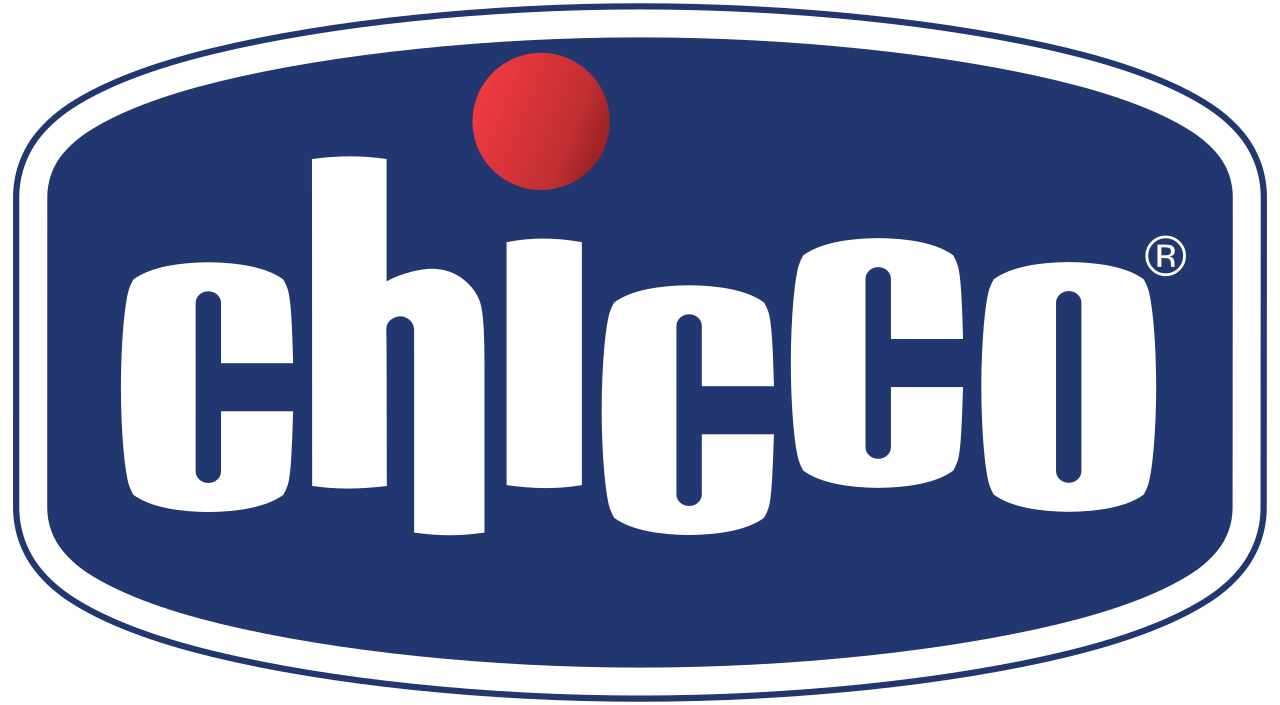DENTAL MALOCCLUSION: DOES THE PACIFIER HURT THE TEETH?
Jun 02,2023 | Chicco Malaysia
SUCTION
DENTAL MALOCCLUSION: DOES THE PACIFIER HURT THE TEETH?
by Prof. Luca Levrini - Orthodontist
Let's dispel a false myth: here's what you need to know when using a pacifier.

Any parent wants to see their children grow up at their best and always looks for the best tools to make this happen. When it comes to pacifiers, there are countless doubts and questions that arise in the minds of parents: does the pacifier cause crooked teeth? Can the pacifier cause problems for the development of the mouth? To get safe and precise answers on the issues of health and well-being of the child, it is essential to contact the experts.
WHAT IS DENTAL MALOCCLUSION?
By dental malocclusion we mean an altered closure of the dental arches : this happens when the teeth of the upper arch are not aligned correctly with the teeth of the lower arch in an anterior / posterior direction or, more rarely, transversely. In this situation, the position of the teeth and the imperfect occlusion of the arches cause aesthetic but also functional disharmony with repercussions on the whole organism such as disturbances in chewing, breathing, swallowing and speech .
MALOCCLUSION AND PALATE DEVELOPMENT: THE ROLE OF THE TONGUE
There are several causes of malocclusion, one of the most frequent being a narrow palate. Among the various functions that the tongue performs there is the very important one of widening the palate to adapt it harmoniously to the size of the jaw and to allow the correct exchange of teeth. The tongue , and in particular the position it assumes when at rest, is mainly responsible for the harmonious development of the mouth. So what is the position that the tongue assumes when it is at rest? It is stable on the palatine spot, that is, it rests on the first retro-incisive palatine wrinkle, therefore it pushes upwards and laterally for a correct development of the palate,thus allowing the harmonious development of the mouth, its functions and the correct exchange of teeth.
SOOTHER AND MALOCCLUSION: LET'S DISPEL A FALSE MYTH
Is it true that the use of the pacifier is one of the causes of non-physiological development of the mouth and can therefore lead to dental problems? Not if you use a soother with an anatomical-functional shape and if you use it correctly . In fact, when choosing a soother, you need to pay close attention to its shape : not all soothers are the same. If the pacifier has a useful shape to favor the correct position of the tongue inside the mouth , and if it is used appropriately, it becomes a true ally for the health of the child's mouth as it supports the correct development of the palate and therefore the correct exchange of teeth avoiding malocclusions . ButSo what is the correct shape for a soother? A soother must have the following characteristics:
- thin so as not to take up too much space inside the mouth;
- facing up to favor the position of the tongue on the palate;
- slightly rounded on the sides to support the correct widening of the palate.
With this in mind, in 2006 PhysioForma was born from the collaboration with SIDO – the Italian Orthodontic Society – Chicco's unique and exclusive pacifier , which differs in some characteristics that actively act in the harmonious development of the mouth .
8 TIPS FOR USING THE SOOTHER CORRECTLY
Although the shape of the pacifier contributes in large part to the physiological development of the mouth and teeth, how and how much to use the pacifier is an important aspect to keep in mind for the general well-being of the child. So here are some tips on using the pacifier to prevent malocclusions :
- Offer the pacifier to the newborn when breastfeeding is well under way as breastfeeding prevents malocclusions.
- Prevent the newborn from getting into the habit of sucking his thumb , a habit that would involve the risk of ogivalizing the palate with consequent misalignment of the teeth. Better to prefer an anatomical-functional pacifier , which contributes to actively developing the palate.
- Use a soft , quality pacifier.
- Choose a thin soother that allows optimal closure of the lips .
- Use the soother when the little one needs to relax, fall asleep or console himself.
- Choose a soother of the correct size by changing it according to the growth of the child .
- Do not dip the pacifier in sweet substances and sweeteners.
- Start weaning from the use of the pacifier around two years of age to give it up within 3 years.
CURIOSITY ABOUT THE LANGUAGE
The tongue is one of the strongest muscles in our body, it can exert a force of 500g; think, however, that it only needs 1.7g of force to move a tooth.


